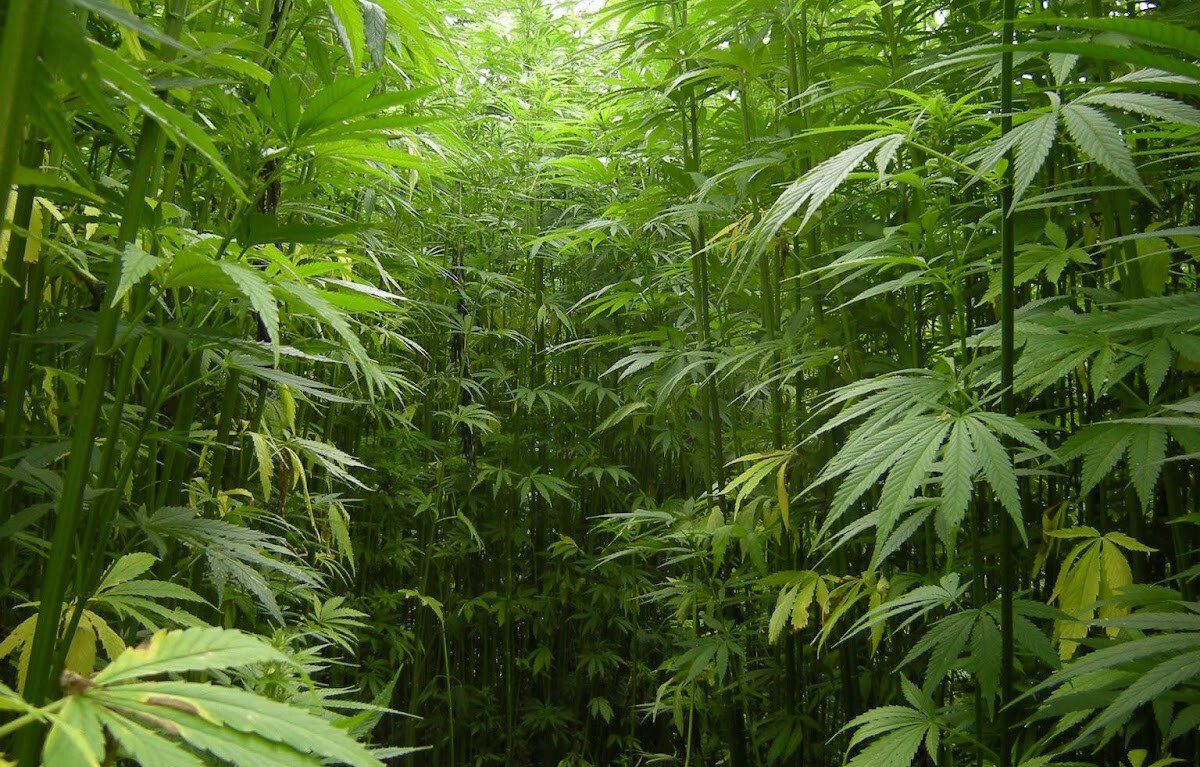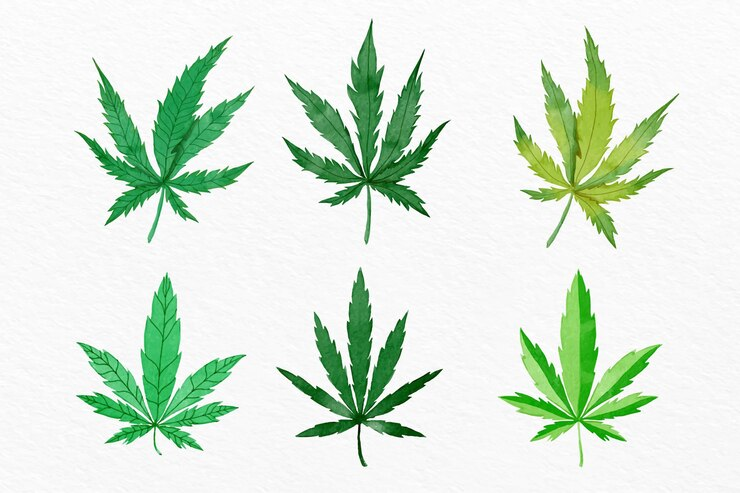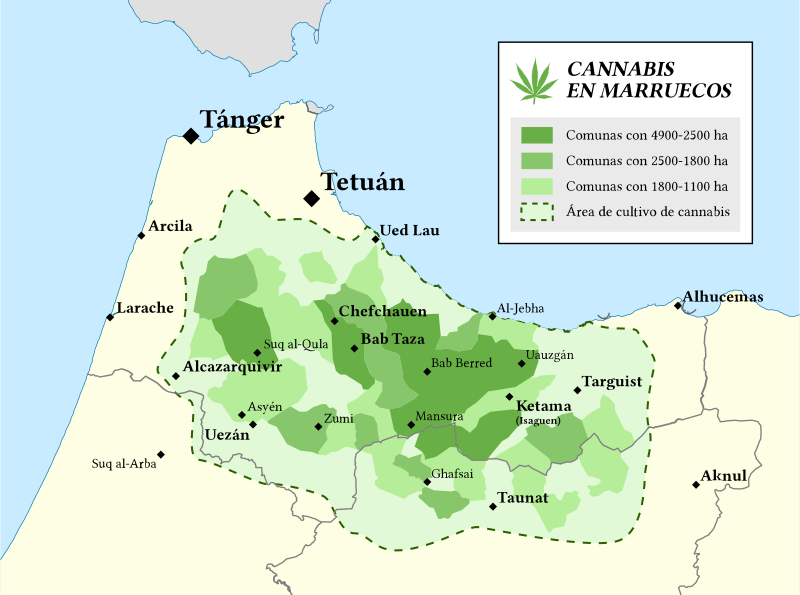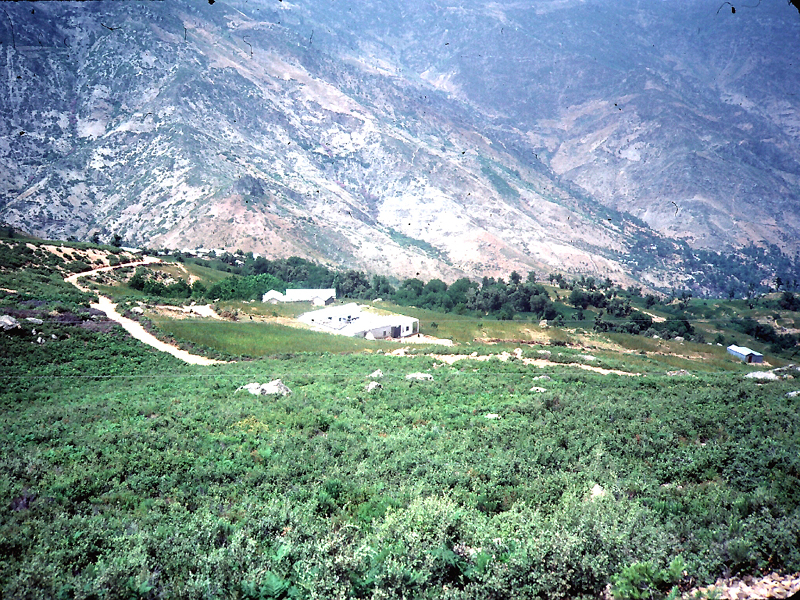With Morocco legalizing marijuana a lot of new developments are expected to take place. Let’s take a look at what it means and what the future could look like.
Kif, meaning “supreme happiness” has been an important part of the culture in Morocco. And when kif, (marijuana) was finally legalized in 2021, the move was met with mixed reactions.
Some labeled it a move in the right direction for the African country. Others have pressing questions about the actual impact of the legislation.
In this piece, we will take an objective look at the legalization of marijuana in Morocco. And try to understand what it actually means.
This article will cover
The history of marijuana in Morocco
Morocco’s position in the global marijuana market
The events and reasons that led to the legalization of marijuana
The positive side of the move
Possible problems that could emerge as a result of the move
The history of marijuana in Morocco
Cannabis has been cultivated in Morocco for centuries. The majority of the production happens in the Rif, a mountainous region in northern Morocco. And Morocco is the largest producer of hashish (a product made from the flower of the cannabis plant).
Cannabis cultivation area in Morocco
Historians are unclear about when or how was marijuana introduced in Morocco. But here’s a quick timeline of the plant’s production and use in the country.
The 16th century – Cannabis was grown nationwide. The cultivation was done on a small scale in gardens and orchards for local use.
The 18th century – The Rif mountainous region in the north became the central hub for cannabis cultivation. This continues to date.
1890 – Sultan Hassan I introduced strict regulations on cultivation and trade. However, several Rif tribes were given the privilege to continue producing cannabis.
The 1950s – The rights of the Rif tribes to cultivate cannabis were reconfirmed.
1956 – Morocco gained independence. And King Mohammed V put a nationwide prohibition in place on the cultivation and use of cannabis.
It is important to note here that while marijuana was illegal in the country, it was tolerated in the Rif region.
The 1960s and 70s – Many young western travelers created a high demand for marijuana in the country. This led to the farmers moving from artisanal methods of cultivation to large-scale cultivation techniques.
1974 – A total ban on drugs was issued which reaffirmed the fate of marijuana.
Since then, there have been several debates and discussions (mostly in hushed tones) about legalizing and decriminalizing marijuana in the country.
The efforts of various people and parties* finally yielded effect on 11 March 2021.
*Discussed later
What does the legalization of marijuana actually mean?
The Organic Bill 13.21 legalizes marijuana for industrial, medical, and cosmetic purposes. Recreational use is still illegal. And cultivation of the cannabis crop is also not legal in the entire country.
The legislation limits production to six provinces located in the Rif region. The provinces include:
Al Hoceïma,
Chefchaouen,
Ouezzane,
Taounate,
Larache, and
Tétouan.
An ad-hoc agency will also be established. It will supervise all aspects of the cannabis industry in the country including authorizations. The agency would include the experts nominated by the head of the government and the ministries of health and agriculture.
The prerequisites to get authorization for producing cannabis will be:
Moroccan citizenship.
Ownership of the land. (Or authorization from the owner of the land)
Association with cooperatives.
Morocco’s position in the global marijuana market
Morocco is a primary player in the business of ‘pleasure’ across the world.
The Rif mountain range offers feasibility for growing marijuana. Moreover, not much else can be economically grown in the hilly terrain. Thus, the cities of Chefchaouen and Ketama have become a hub for cannabis tourism. Cannabis tours, though not publicized are promoted via word of mouth. These act as a source of complementary income for the official tour guides.
The crop, often called green gold, supports more than 90,000 households with a stable source of income. Though the estimates are likely to be lowball and the actual figures could be much higher.
Here’s what the numbers tell us about the Moroccon marijuana industry.
In the 2002-2010 period, Morocco was the top producer of hash in the world.
2003 data suggests that Morocco was the source of 70% of hash consumed in Europe. As per a UN study, 134,000 ha of Moroccan land was under cannabis cultivation. The turnover in 2003 and 2004, was around $15 billion and $13 billion respectively.
The production took a deep dip in 2007 with the ‘cannabis-free provinces campaign’.
In 2010, Morocco produced 760 tons of cannabis resin.
Morocco was the top supplier of cannabis in the world, as per 2016 reports.
The area cultivated for cannabis resin in Morocco was estimated to be around 47,000 ha in 2017. The valuation of the country’s cannabis resin market was $9 billion that year.
In 2021, cannabis was grown on 73,000 ha of land in Morocco.
The events that led to the legalization of marijuana
The government has historically known that the cannabis plant is the only one that can be grown in the Rif mountain region. And cannabis exports to Europe and the visiting tourists from the European countries are the only consistent source of employment in that region.
Cannabis fields in Rif, 1983
This pushed the authorities to turn a blind eye towards the small farmers engaged in cannabis production businesses.
However, efforts to legalize marijuana in Morocco are not recent. Even with cultivation being tolerated in the Rif region, many people and parties championed for legalization of the crop that could potentially give a major boost to the economy.
In 2009, Fouad Ali El Himma, a prominent Moroccan politician, proposed rebranding cannabis. Instead of a dangerous drug that has mind-altering effects on consumers, he wanted to promote cannabis as a traditional Moroccan herbal remedy.
He did receive multi-partisan support for this and he even called for a national debate on the matter. Fouad Ali El Himma’s motive behind this was to primarily reduce the prosecution of farmers found guilty in cannabis cultivation-related matters.
In 2014, the Party of Authenticity and Modernity proposed to draft a law that would license and regulate cannabis growers. Consumption for recreational purposes was to remain illegal. This was in a bid to make sure that the cannabis produced in the country is being used for legitimate medical and industrial use and not go to vain in smuggling for recreational use.
However, these proposals didn’t get a positive outcome. That’s because the issue was usually from the opposition side. And in a bid to gain the support of the voters in the cannabis growing regions.
However, when Morocco attended the UN’s Commission on Narcotic Drugs in Austria, in December 2020 things started to change. Morocco was the only country from the African region that supported WHO’s suggestion of reclassifying cannabis to make it available for medical use and research. The UN motion passed with a narrow margin.
This proved that this time, the proposal was coming from the government, which was backed by the royals.
Consequently, in April, Abdelouafi Laftit, Moroccan Interior Minister, introduced the draft law on cannabis legalization in Parliament.
On 11 March 2021, the Moroccan government ratified the draft law. On May 26, 2021, the draft was put to vote in the parliament and the medical, industrial, and cosmetic use of cannabis was legalized. However, the recreational use of marijuana remains illegal.
Later on, the Chamber of Councilors made further amendments to the law, which was again confirmed by a second on June 16, 2021.
The positives of marijuana’s legalization in Morocco
Marijuana has been increasingly publicized across the globe. And the Moroccan cannabis growers have capitalized on this opportunity. Albeit the lack of legal channels to reach global markets has left them with little choice but to depend on drug cartels and smugglers.
Over 16,000 farmers have also been convicted in absentia for their involvement in cannabis cultivation. This has negatively affected their social situation as well as impacted the lives of their children.
Legalization would change that. While the law does not explicitly state any relief for the convicted farmers, there’s hope. Political experts believe that the King would grant them forgiveness as one of the goals of the law is to disengage farmers from illegal cartels and smugglers.
The drug lords’ monopoly of over 70 years on the cannabis industry in Morocco will be breached for the first time.
The move will also have major economic benefits for Morocco.
The global cannabis industry is expected to reach $69 billion by 2027. With the legalization of marijuana in Morocco, substantial foreign reserves can be channelized into the economy without smugglers and drug dealers taking a massive cut.
Some feasibility studies have also suggested that farmers would be able to double their incomes once drug dealers are out of the picture.
Moreover, many countries, especially in Europe, are promoting cannabis research. If the market there thrives, the Moroccan cannabis industry would directly flourish due to its proximity to Europe.
Other expected benefits would include a reduction in environmental damage due to illegal agriculture activities being stopped. The move will also promote confidence between locals in the Rif region and the authorities. Thus, developmental projects would be easier to implement.
Problems linked with marijuana’s legalization in Morocco
While the move is majorly beneficial, certain points of concern remain open for discussion. The primary one is taxes. With legalization, comes the tax burden. Many believe that the tax on cannabis cultivation, along with the inflationary pressure would leave cannabis growers worse off than before.
Others wonder if the legal medical and industrial market would be enough to substitute the illegal recreational use market. If not, many farmers would still have to operate in gray areas and the criminal networks will still flourish
The effects of the legalization are yet to be seen though. However, the Moroccan government will have to take the necessary steps by capitalizing on international markets and safeguarding cannabis cultivators to see positive effects outweigh the negatives.
Appendix
Sources:
https://en.wikipedia.org/wiki/Cannabis_in_Morocco
https://infomineo.com/the-legalization-of-cannabis-in-morocco/
https://www.economist.com/middle-east-and-africa/2021/07/08/morocco-moves-to-legalise-some-cannabis-cultivation
https://www.africanews.com/2021/05/27/morocco-joins-growing-list-of-african-countries-to-legalize-cannabis//
https://www.dw.com/en/should-the-eu-help-legalize-cannabis-farms-in-morocco/a-57342592
https://www.theafricareport.com/74949/morocco-to-legalise-cannabis-for-medical-and-industrial-use/
https://www.middleeasteye.net/news/morocco-cannabis-legalisation-farmers-drug-cartels
https://abcnews.go.com/Health/wireStory/morocco-moves-legalizing-medical-marijuana-76391411
https://www.projectcbd.org/industry/morocco-gets-legal-cannabis-sector




